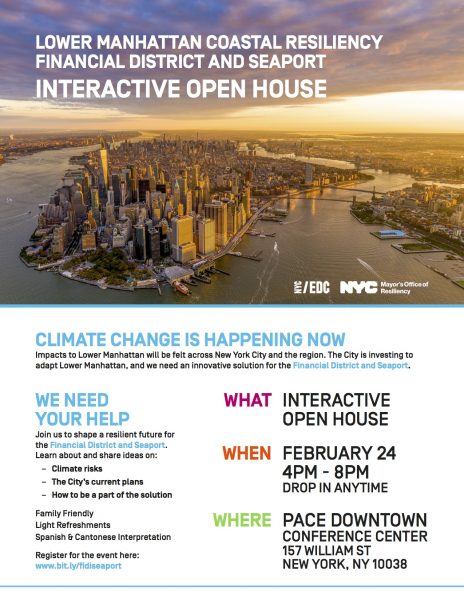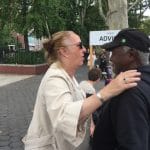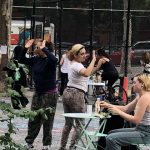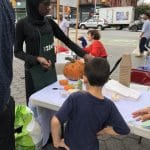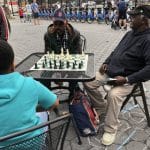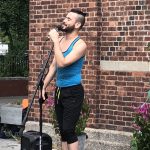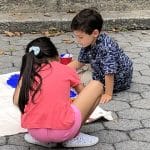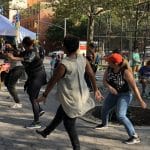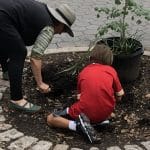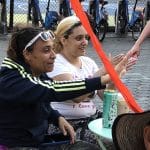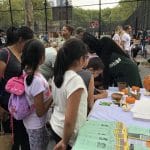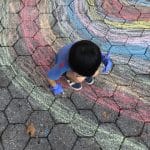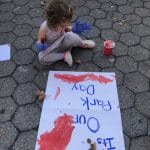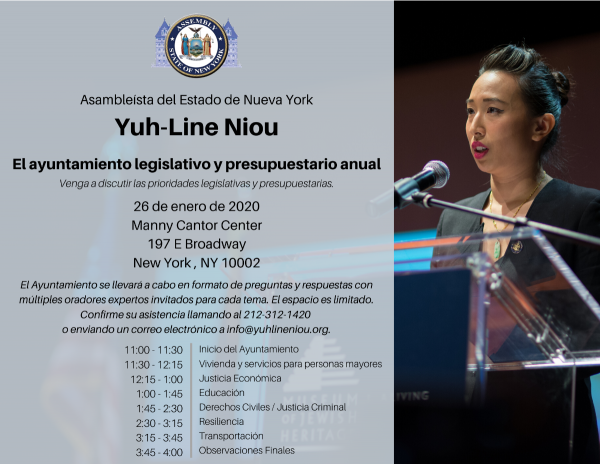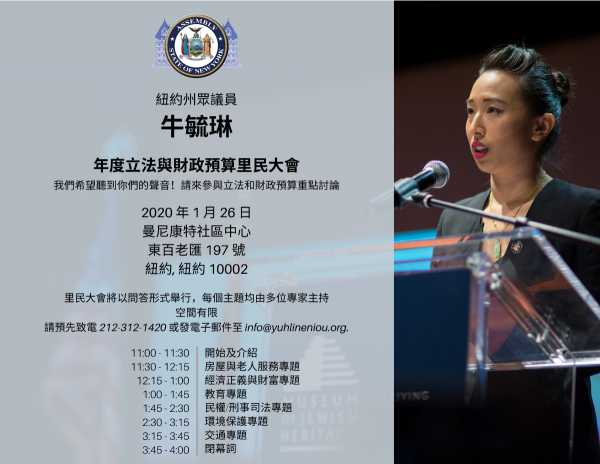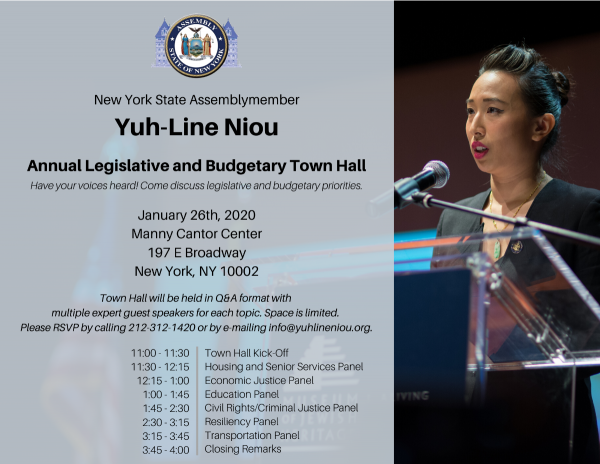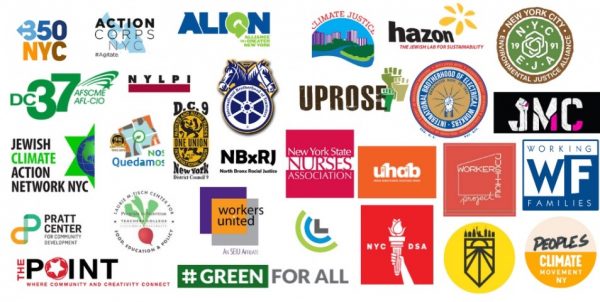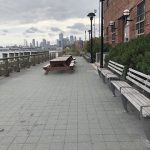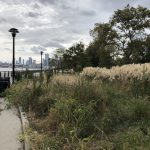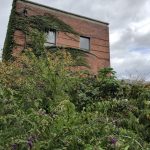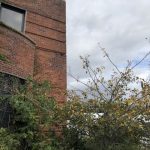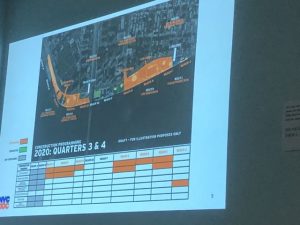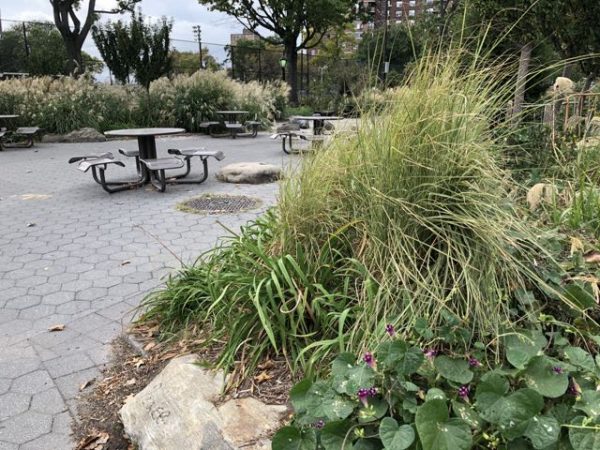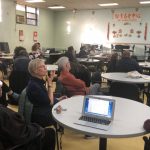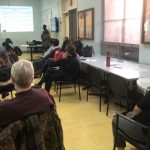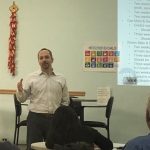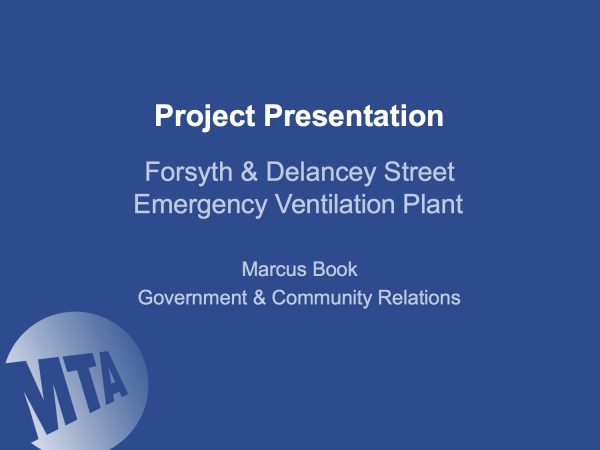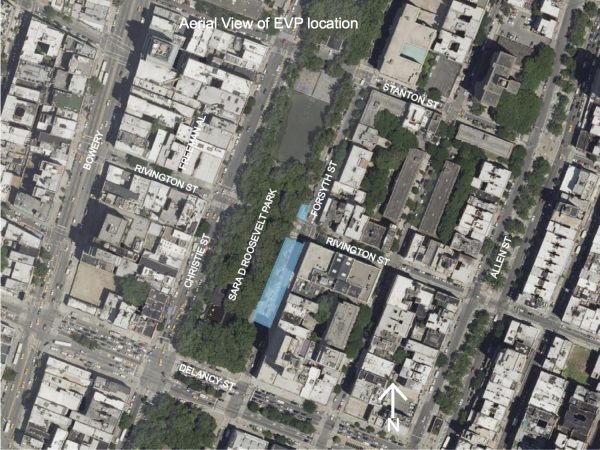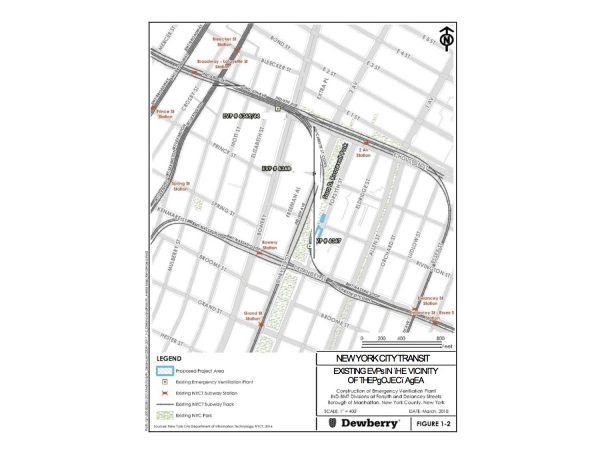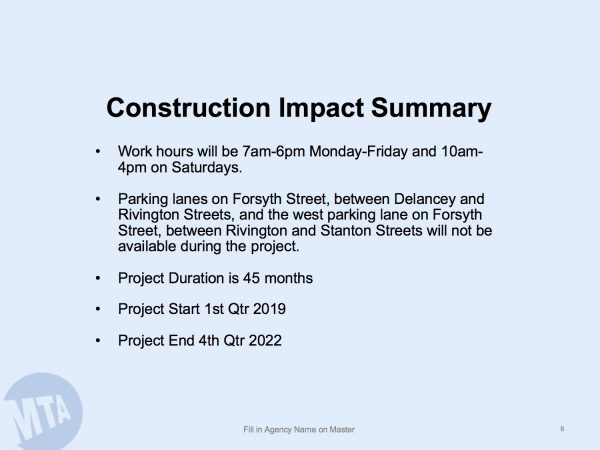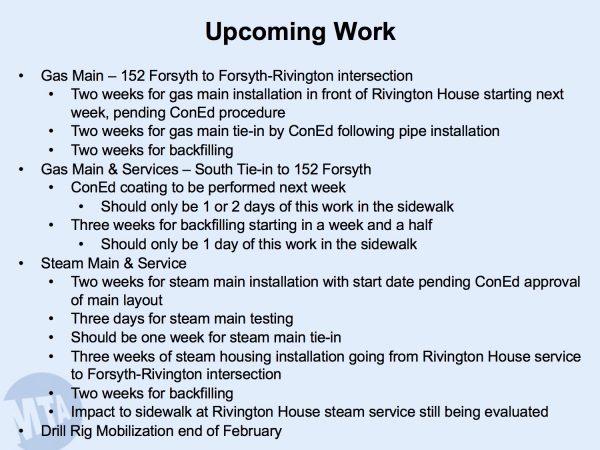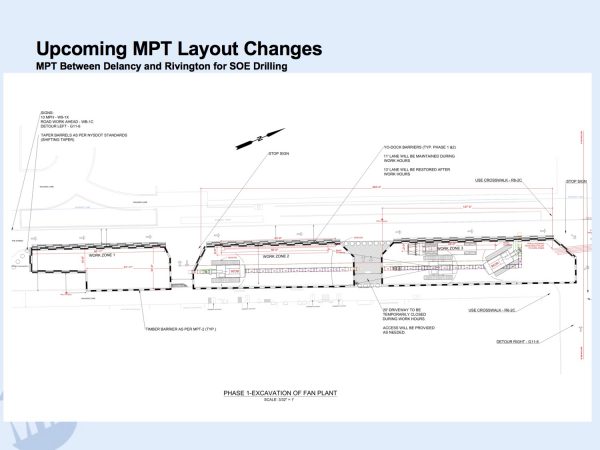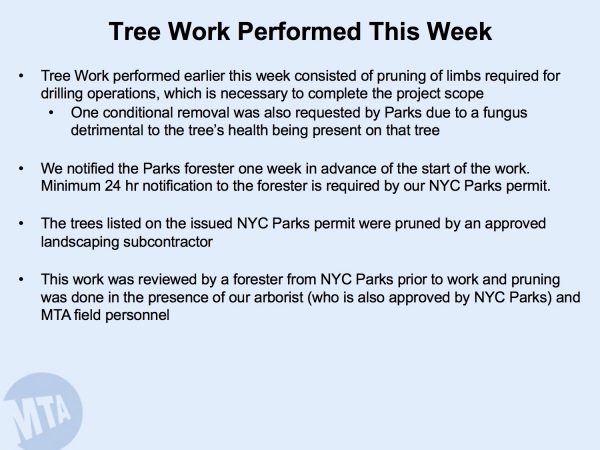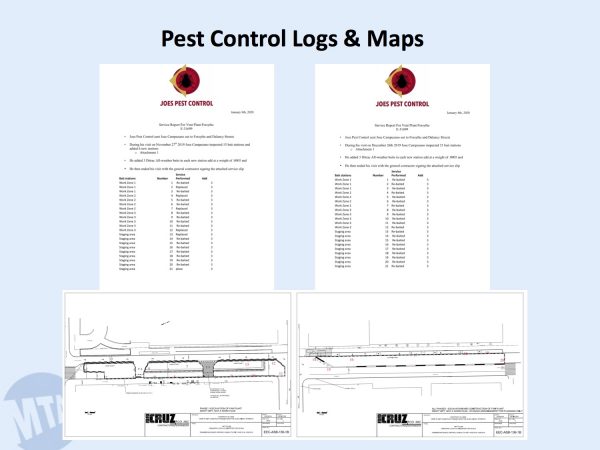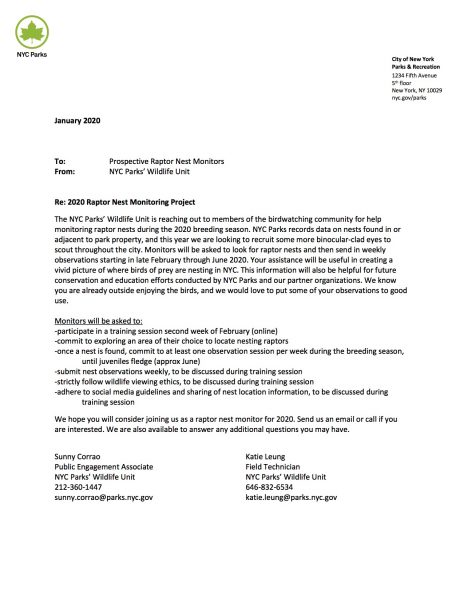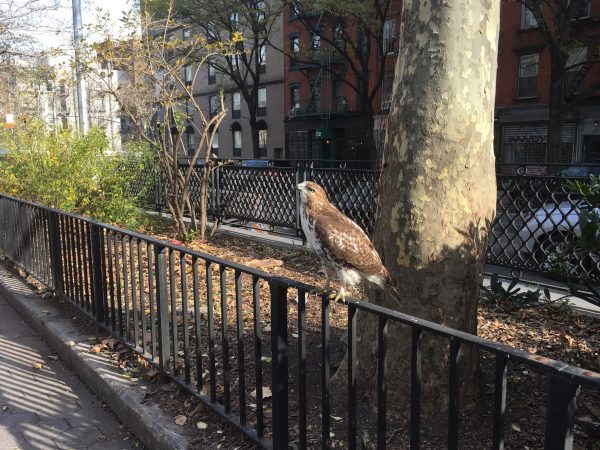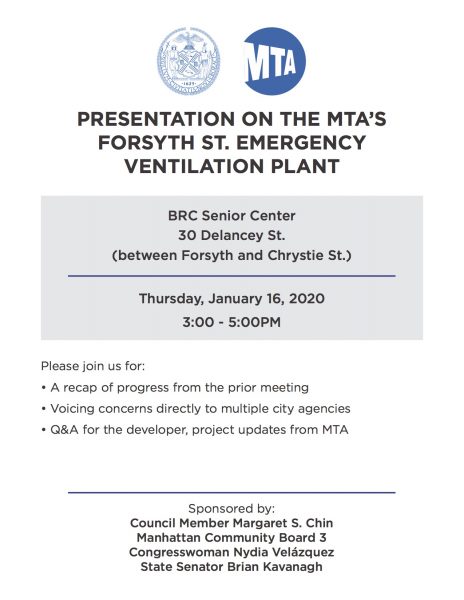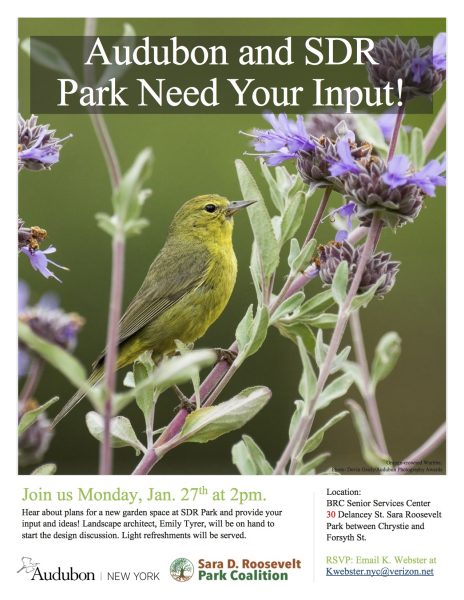Bowery Boogie on “The Long Road Back for the Stanton Storehouse”
We could be this:
“And so begins the long road back for the Stanton Storehouse. Decades displaced from community hands, the facility partially reverts to neighborhood use this month with the debut of public bathrooms…
…Thanks to an allocation of $1 million in city funding sponsored by Councilwoman Margaret Chin and Manhattan Borough President Gale Brewer in 2017..”
Read more here.
Our asks:
Return of the Stanton StoreHouse to active community use creating an engaging and safe hub for all who use the park.
1) Programming coordinated by University Settlement in partnership with the Stanton Bldg Task Force, community partners and residents
2) Indoors and outdoor activation includes programs in park stewardship, fitness, recreation, ‘green culture’ and education
3) Highlights: Daytime workshops, after-school youth programs, evening community meetings and more. Flexibly equipped with storage for gardening and recreational equipment, emergency communications…
Learning About and Acting On Challenging the Climate Crisis
Scientists Create Living Concrete
“A Frankenstein material” is teeming with — and ultimately made by — photosynthetic microbes. And it can reproduce.”
The $119 Billion Sea Wall That Could Defend New York … or Not
“A six-mile-long barrier would help protect the city from floodwaters during fierce storms like Sandy, but critics say rising seas make the option inadequate.”
Council Member Carlina Rivera’s Office: Learn About Compost and Zero Waste:
email – district2@council.nyc.gov
From: ENVIRONMENTAL JUSTICE AND LABOR COALITION
January 15th 2020
Dear Mayor de Blasio:
We are in the midst of a climate crisis and immediate action is necessary to protect the future of our City and our planet. As you noted while announcing the passage Local Law 97 “There’s no time to waste. We’re taking action now, before it’s too late.” The City budget is an opportunity to fund and move priority work, it is a moral statement, and it can be a moment to define your legacy and the impact you have and will continue to have on New York City and our world. However, without a true monetary commitment to implementing the Dirty Building’s Law, and ensuring all New Yorkers benefit from it, this opportunity will be lost. The Climate Works for All coalition and our allies urge the City to prioritize our most vulnerable communities and invest in our collective future by providing a significant budgetary pledge for the implementation of Local Law 97, as well as renewable energy generation and transmission. These investments must be grounded in a commitment to Environmental Justice and a Just Transition. The time is now for New York City to take bolder action by funding the fight against Climate Change via a strong commitment in the budget.
A budget commitment must include the following components:
Invest at least $1 billion per year for the next 10 years to improve energy efficiency and reduce emissions in rent-regulated, low-income, public, and affordable housing to move these buildings to mirror the emissions reductions set by Local Law 97.
This funding will cover energy efficiency upgrades beyond the measures mandated in LL97 in targeted rent-regulated and affordable housing developments in each City Council District across all five boroughs.These retrofits would improve the living conditions and reduce the energy burden for New Yorkers who otherwise would not see these investments in their homes and neighborhoods while ensuring that rental increases are avoided.
Under this program, the City will convene community members within each City Council District to prioritize areas for retrofit investment using a set of criteria (e.g.,income, air quality, energy burdened, climate vulnerability, and other related factors). Environmental Justice communities and historically disinvested Council Districts should be prioritized within funding distribution. The program will allocate specific sums according to needs and historic disinvestment following the principles of equity. The City should work with existing models of pre-apprenticeship and job training programs for community members to be brought into the economic development generated through the retrofit projects. The program must also create 100% quality, union jobs with high labor standards attached in the energy efficiency sector each year.
Create a $3 billion “green” bond program to rapidly create and expand local renewable energy generation and transmission projects in New York City.
The funds generated through this city bond program will be directed toward the development of city and community projects that can generate at least 1,000MW of clean, renewable energy within the next 5 years in Zone J. The funds will also go towards transforming and expanding New York City’s dilapidated and inefficient energy grid and facilitate the retirement of our dirtiest power sources.
Further discussion about the implementation of both of these items (funding for energy efficient upgrades in buildings exempted from Local Law 97 and the “green” bond) is needed and Climate Works for All is prepared to work closely with the City to move all of this forward.
The Climate Works for All coalition requests additional funding be allocated to various City agencies tasked with executing the implementation of LL97 in order to ensure these agencies are sufficiently staffed by city employees for oversight and enforcement and have the resources needed to carry out the mandate.
Each of these investments will allow New York City to take critical, timely action to fight climate change, meet our City’s emissions reductions goals, and create thousands of good quality union jobs in our communities. We ask that you make a public commitment to these financial investments and to partnering with the Climate Works for All coalition in the development of these investments in your upcoming budget address on January 17th. We look forward to future discussions with your office surrounding these requests.
Sincerely,
The Climate Works for All coalition and Allies
350 NYC
Action Corps NYC
ALIGN- The Alliance for a Greater New York
Bronx Climate Justice North
District Council 9 NY IUPAT
District Council 37, AFSCME
Green For All
Hazon
IBEW Local 3
Jewish Climate Action Network NYC (JCAN NYC)
Judson Memorial Church
Laurie M. Tisch Center for Food, Education & Policy, Teachers College, Columbia University
North Bronx Racial Justice
Peoples Climate Movement – NY
The Point CDC
Pratt Center for Community Development
Sunrise NYC
Teamsters JC 16
UPROSE
New York City Environmental Justice Alliance
New York Lawyers for the Public Interest
New York State Nurses Association
New York Working Families
Nos Quedamos
NY NJ Regional Joint Board, Workers United, SEIU
NYC Chapter, Citizens’ Climate Lobby
NYC Democratic Socialists of America
Urban Homesteading Assistance Board
Workers Justice Project
Lower East Side Compost Yard Faces Uncertain Fate as Resiliency Project Looms
“You must unite behind the science. You must take action. You must do the impossible. Because giving up can never ever be an option.” – Greta Thunberg
From Curbed NY:
The city is forcing a crucial composting program into a rushed relocation
“Each week, some 3,500 people contribute eight tons of food scraps to a compost yard in East River Park run by the Lower East Side Ecology Center. Banana peels, onion skins, egg shells, and other organic waste fill a communal bin that’s mixed with wood chips off site, and eventually converted into nutrient-rich soil used in parks and gardens across the city.
The center’s work prevents mounds of food waste from entering landfills each year and has introduced countless New Yorkers to start composting since it launched in 1990.”
MTA Presentation on Ventilation Project
January 16, 2020 Meeting with community
At times contentious, the community struggled with the MTA representatives to find solutions to problems that have arisen since the start of this project – many centering on the lack of direct, time-sensitive communication to avoid misinformation, dangerous conditions, etc.
Thank you to Council Member Chin’s Gigi Li for organizing the meeting and working to get answers.
MTA’s Forsyth Street Ventilation Plant Community Meeting
Audubon and SDR Park Need Your Input for the Audubon Plot in SDR Park!
In the front of the BRC Audubon is planning to build a “Demonstration Garden” to show us how we might entice our birds and bees and important insects to remain in the entire park.
Come and let them know what you would like to see!
- Go to the previous page
- 1
- …
- 51
- 52
- 53
- 54
- 55
- 56
- 57
- …
- 172
- Go to the next page

